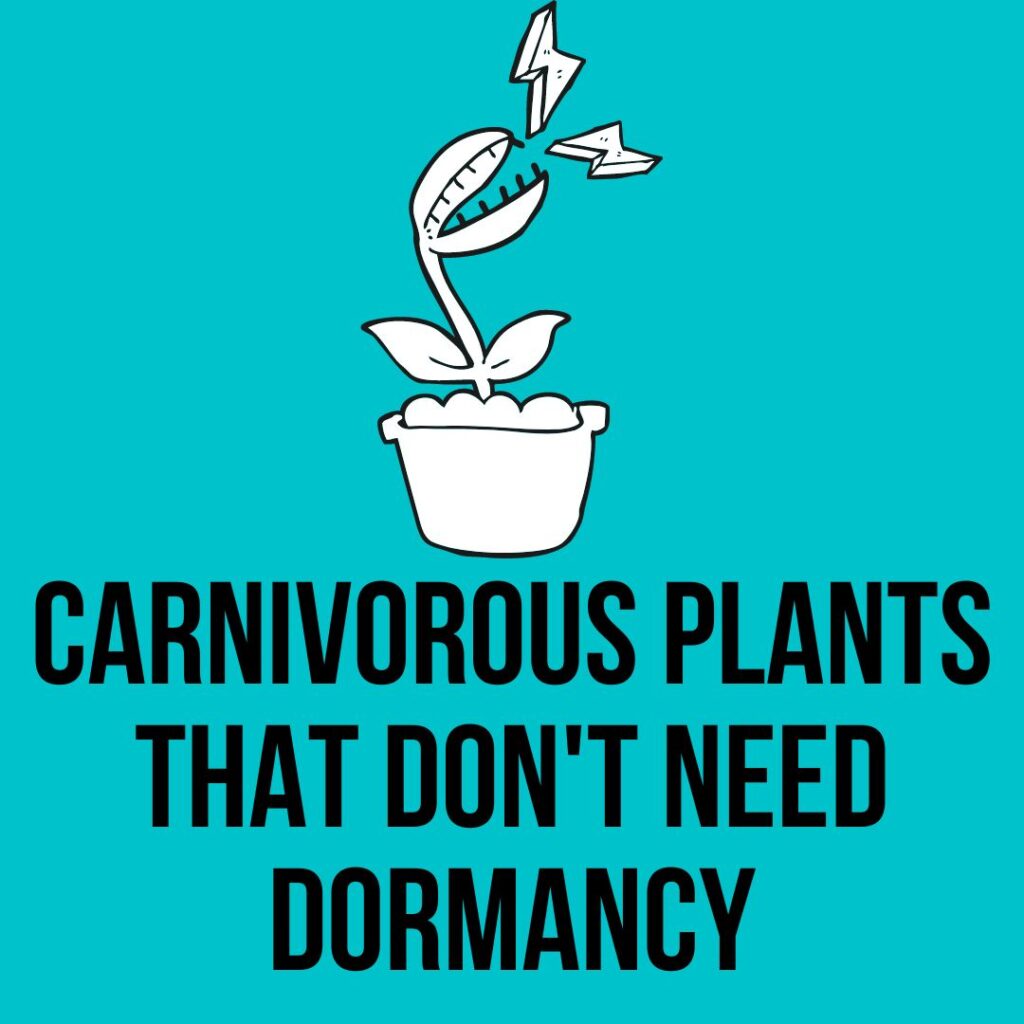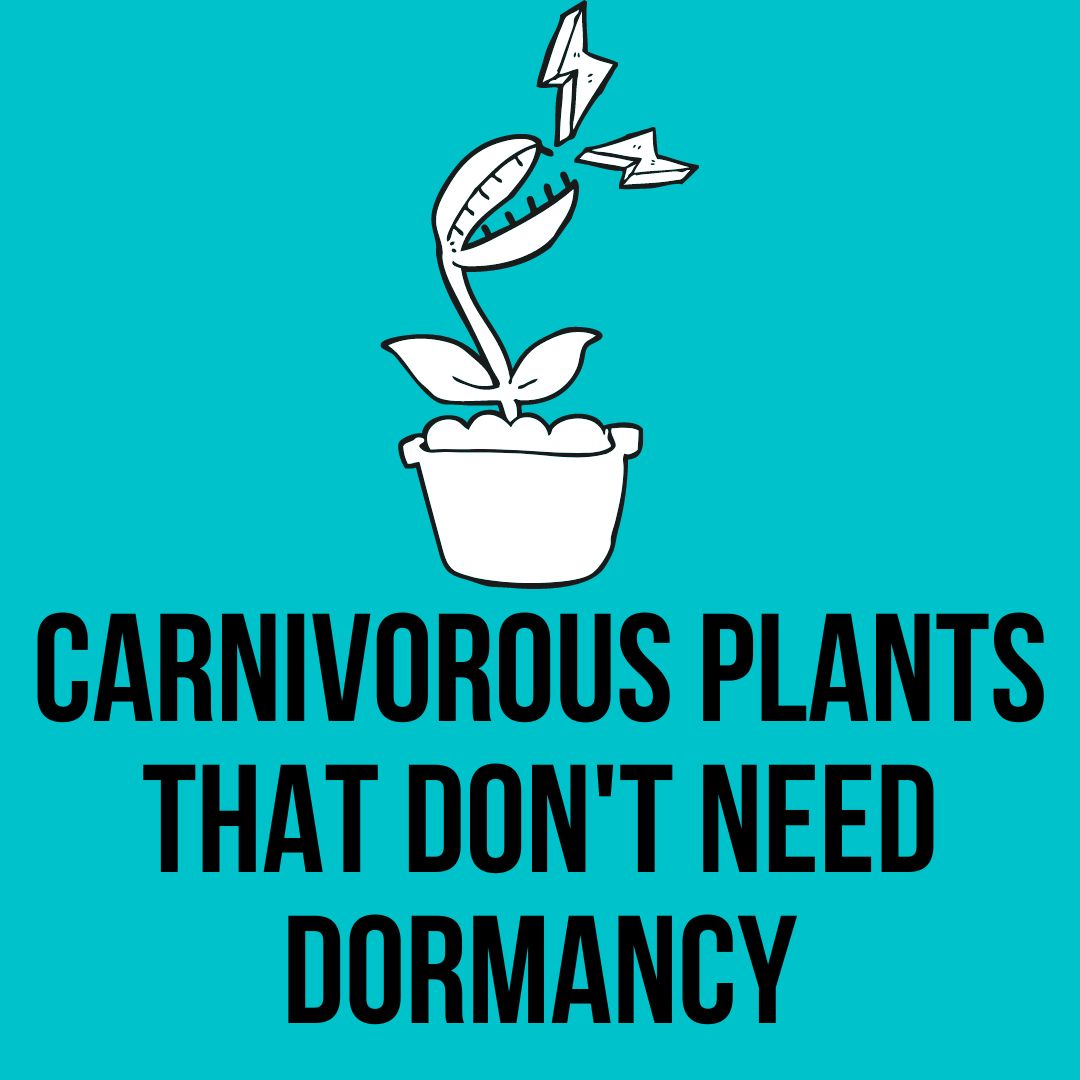Having carnivorous plants at home means being able to appreciate all the ingenuity of nature! These plants that swallow insects and other critters raw are simply fascinating, and it is even possible to have them at home, indoors, even if they have very specific needs. Indeed, the spectacle offered by carnivorous plants must be earned!
Here in this article, we will discuss some carnivorous plants that don’t need dormancy.
These plants have evolved thanks to their original environment (whether marshes, undergrowth peat bogs, or even rocky areas) whose soils were too poor to supply them with mineral salts. They must therefore have found them naturally, by feeding on insects, worms, and other protozoa.
Better still, carnivorous plants do not swallow everything and anything. Take the example of the famous “flytrap”, or Venus flytrap It captures its prey using sensory hairs located in the lobes of its leaves. But it waits for a second contact to close, thus certain that it is an insect and not simple dust. It also “verifies” that its prey is edible before closing completely and digesting it.
carnivorous plants that don’t need dormancy
Whether you prefer plants with so-called active traps (jaws, mucilage, or suction) or passive traps (pitchers, traps, etc.), it is best to first choose your carnivorous plant according to its ability to adapt to an indoor environment.

To help you, here are some examples:
1. Dionaea Muscipula
Better known as Venus Flytrap, Dionaea Muscipula is the best-known carnivorous plant of all, has a maximum height of 10cm, and captures insects with the final part of the leaves. Its characteristic leaves, called hinged, resemble a mouth that opens and closes every time the insect lands on the sensitive and colored bristles they have.
These bristles, touched several times, trigger the leaves that open and close with the insect in the jaws. The insect remains trapped and “eaten” for several days, even 30, after which the plant reopens its trap to attract new ones. In winter it should be kept cold and always kept humid, regardless of the season.
2. Drosera Capensis
Drosera Capensis is a carnivorous plant that captures insects passively. Its leaves are covered with many glandular hairs that secrete a viscous liquid whose function is to glue all the insects that lean on it to the leaves themselves. Once glued, the leaves close around the prey to eat it.
Ideal for growing at home, if you can guarantee a temperature between 18 and 30 degrees, to always keep humid, even in winter.
3. Sarracenia Purpurea
Sarracenia Purp urea is the most efficient among carnivorous plants and can reach around 70 cm in height, is easy to grow, and also has beautiful flowering. Its funnel, formed by many elongated leaves, can be covered with a colored cap that attracts insects to itself. At this point, the insects feed on a substance that produces the plant and which has narcotic effects by stunning the prey and making them fall directly inside into a substance that drowns them.
For its care, it is important to place it in 2cm of demineralized or rainwater to keep it in constant humidity. In winter it can be kept both inside and outside the house, the important thing is that the temperature is never below freezing
4. Nephites
Nephites are also carnivorous plants with a passive role in the capture of insects. It has a structure composed of ascidia, modified leaves that are a real trap: the insect, attracted by the nectar and the color of the plant, lands on the slimy edge and falls inside where it drowns. Being a tropical plant, it needs a good dose of humidity and temperatures above 20 degrees to stay healthy and showy.
Proper care for carnivorous at home
1. Amazing and fascinating, carnivorous plants have very specific needs. Having them at home means first and foremost being able to provide them with conditions that are as close as possible to their natural environment. Planted in very large pots, at least 40 cm deep, these plants first need light, but not necessarily direct sun.

2. It is also necessary to install them in a humid environment and fairly cool rooms, the temperature of which can change according to the seasons, hence the interest, very often, in the terrarium. As for the substrate used, it will be as poor as possible in nutrients.
Carnivorous plants such as Nepenthes, native to the forests of Southeast Asia, will do well in a mixture of 50% living sphagnum, 20% vermiculite, 20% sand and 10% stabilized bark.
3. For their part, so-called swamp plants, such as Venus flytraps or pitcher plants, should be planted with 70% blond peat for 30% sand. The watering of carnivorous plants, exclusively with rain or demineralized water, is the key element of their maintenance. Their soil must indeed always be moist, but never soggy.
4. Overall, watering is done daily in summer, regularly in spring and fall, and should be significantly reduced in winter. The plants observe a period of dormancy, during which it is better to move them to a cool place (a garage for example). Two other (big) mistakes should be avoided by people with carnivorous plants at home: using fertilizer and feeding them yourself. And yes, they risk “indigestion” and their foliage could blacken.
5. In addition, carnivorous plants need special nutrient-poor soil. Used in normal potting soil, they usually die quickly. The water for watering should be as low in lime as possible. Rainwater is the best in this case.
6. The right location in the home is also important for carnivorous plants. They need a lot of light and therefore a bright place. If they don’t get enough light, they stop producing their traps and produce long shoots and leaves instead.
Carnivorous plants are becoming more and more popular in our homes. Particularly suitable for eliminating part of the insects present in homes during the summer, without resorting to chemical insecticides, carnivorous plants are not very easy to grow, but they can give great satisfaction and furnish any environment with style
Carnivorous plants are about 600 different species and for this reason, they also have different ways of trapping insects to ensure all the nutrients they need. Some act actively by approaching the insect themselves, while others are decidedly more passive by waiting for their prey to trap itself in their leaves.
As we have said, the care of carnivorous plants is not very easy, a specific precaution is to place them in an area in partial shade during the spring period. It is important that they are protected from direct sunlight and that they are watered to keep the earth moist, but without exaggerating and without creating water stagnation
What is the right pot?
The pot will have to respond to their need for humidity, which can be obtained by grouping several plants in a saucer and a bottom of about two fingers of water, always pay close attention to stagnation.
How much light do they need?
The fundamental element for the care and growth of carnivorous plants is light. On average, carnivorous plants need 12 hours of light exposure, so it’s a good idea to keep them on your windowsill.
What is the ideal temperature? And in the winter?
Although living in temperate climates, away from severe frosts, carnivorous plants can survive outdoors for most of the year. In winter, the recommended temperature is around -2.5 ° C, to allow them to enter dormancy until spring and to ensure that they grow healthy and vigorous.
What is the most suitable soil?
Another element that should not be taken lightly is certainly the soil, which must also be poor in nutrients. One tip is to use acidic peat which is low in nitrogen and in addition some horticultural sand or perlite. Not to use universal, garden, or succulent soils.
